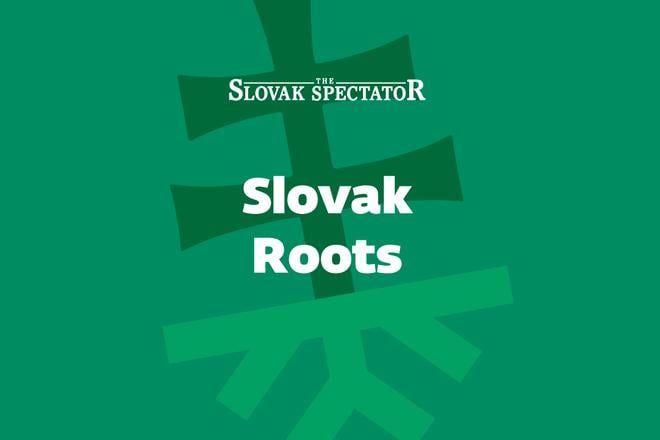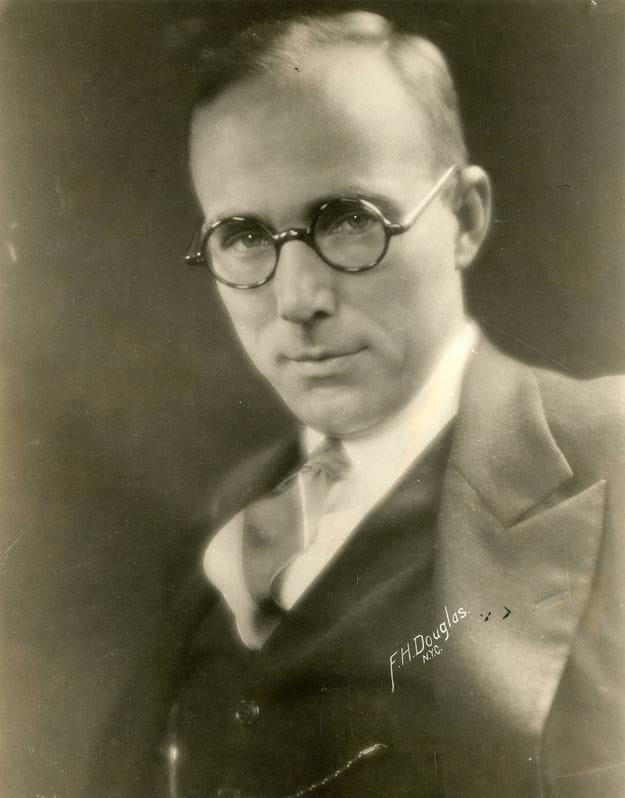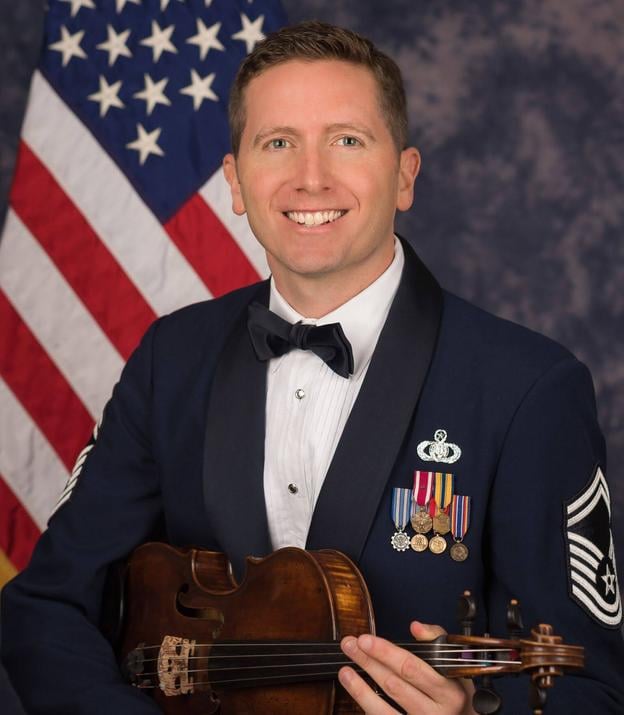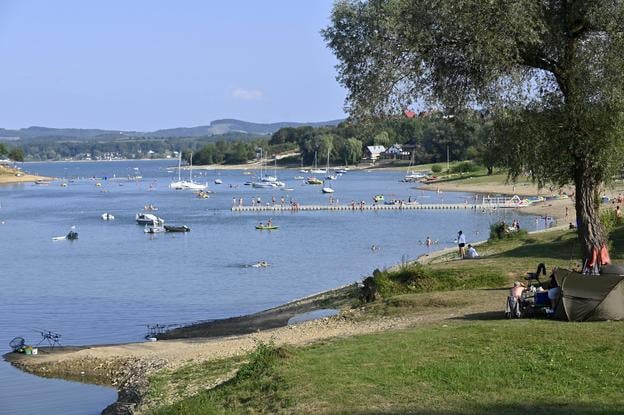Welcome back Slovak Roots fans!
It is time for another edition of our Slovak Roots newsletter, dedicated to the community of people with ties to Slovakia.
In this newest instalment, you'll get to meet (and hear, thanks to an old record) Alois Havrilla, a noted radio announcer of Slovak origin whose voice America came to love.
Michal Bunner, a fourth-generation Slovak American will tell you how he continues the work on a family genealogy book his grandmother started and how he corrected the long-standing assumption that they were "Czechoslovak Czech".
And finally, this time around our colleague Jozef Ryník ventured all the way to the often-overlooked Humenné and Vranov nad Topľou districts in eastern Slovakia.
The Slovak voice America came to love
When in 1935 the New Jersey newspaper The Bergen Evening Record ran a story about Alois Havrilla, then a noted radio announcer, it mentioned that he would "talk like a blue streak" before a microphone; otherwise, he was a quiet person.
It might therefore not be surprising that he won a gold medal given by the American Academy of Arts and Letters for his diction.
But what might be surprising is that for several of his formative years, he could not speak English. Havrilla was a Slovak immigrant who came to the US at the age of four and it took him a while to learn an English word. But he worked his way up until eventually America loved his voice.
Continuing the work of his grandmother
For Michael Bunner, a fourth-generation Slovak American, discovering his roots felt like working alongside his late grandmother who had written and thoroughly researched a 541-page long genealogy book on their family.
"It was in the pre-Internet era and she still was able to find out a lot of information just by writing letters the old fashioned way. And now here I am continuing what she started and taking it to the next level in the Internet age. That's been really super. My mother and my aunt have been very happy that I've been finding out some of this family history," he tells The Slovak Spectator.
Some of the revelations have been very surprising.
The charm of overlooked districts
Once a chemical industry hub, Humenné is reinventing itself as a centre of culture, history and outdoor leisure, writes Jozef Ryník in his account from a recent trip.
From a baroque manor house with landscaped gardens to hilltop castle ruins and riverside cycling routes, this forgotten corner of eastern Slovakia is drawing visitors in search of something slower, greener – and surprisingly rich in stories.
A selection of feature stories published by The Slovak Spectator that we recommend reading:
Two years ago, a chance YouTube video changed the entire trajectory of Chandra Caton's life. It sent her down "a research rabbit hole" that consumed two years of her life and led to discovering her Slovak roots and making the reverse journey of her great-grandparents.
Material chemist Milan Sýkora creates materials with properties tailored exactly to suit the needs of a particular application. Having spent 26 years at US universities and institutions, he returned to Slovakia to found the Laboratory for Advanced Materials.
There are several things that come to mind when pondering the similarities between the Irish and the Slovaks. But according to Gabriela Bereghazyova, there is a deeper, more poignant connection — their shared histories of emigration.
On a warm May evening last year, Bratislava's skyline became the stage for one of the most ambitious open-air concerts ever held in central Europe. Soon, Jean-Michel Jarre's sci-fi spectacle will be brought to living rooms worldwide.
Are you looking to attend one of Slovakia's summer music festivals such as Pohoda, Lovestream or Uprising? Do you want to say something intelligent (or even not so intelligent) about a concert in Slovakia? We've got you covered.
Karen Chorba has enjoyed exploring her Slovak and Rusyn ancestry lines throughout her life. Married to a wonderful husband who also has significant Slovak heritage, Karen has found great satisfaction in keeping the holiday traditions and foods, and in passing them down to her three children.
Before its launch, the small Slovak satellite GRBAlpha was considered rather a technological experiment. In the end, it became the smallest astrophysical space observatory ever, with even NASA taking note of its achievements.
After the pandemic, Zuzana and Denis Kuzl began considering a move abroad. They relocated to Porto and opened a craft beer brewery. After some difficult months, Baobab has risen to be one of the highest-rated and most beloved venues in all of Porto.
Would you like to share your story with us? Did you enjoy the newsletter? I would love to hear your thoughts, questions and feedback: matus.beno@spectator.sk or spectator@spectator.sk.


 (source: Hej, Ty!)
(source: Hej, Ty!)
 Alois Havrilla. (source: WIKIMEDIA CC)
Alois Havrilla. (source: WIKIMEDIA CC)
 Michael "Bryce" Bunner. (source: Archive of M. B. )
Michael "Bryce" Bunner. (source: Archive of M. B. )
 (source: Roman Hanc)
(source: Roman Hanc)